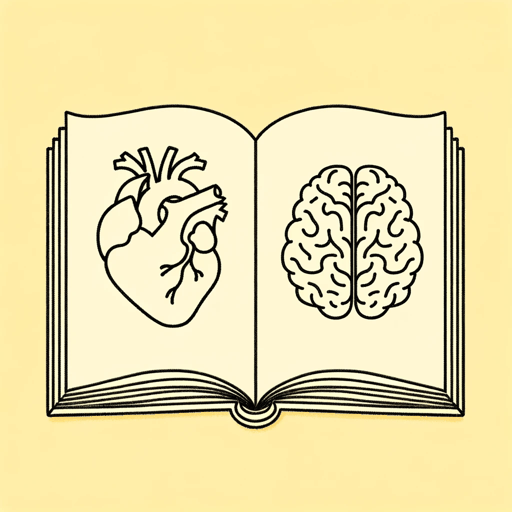63 pages • 2 hours read
Julie SmithWhy Has Nobody Told Me This Before?
Nonfiction | Book | Adult | Published in 2022A modern alternative to SparkNotes and CliffsNotes, SuperSummary offers high-quality Study Guides with detailed chapter summaries and analysis of major themes, characters, and more.
Summary and Study Guide
Overview
In Why Has Nobody Told Me This Before? clinical psychologist Dr. Julie Smith embarks on an in-depth exploration of mental health, aiming to make therapeutic tools and knowledge accessible to all. Published in 2022, this text falls under the self-help genre, specifically focusing on mental health. The title itself laments the scarcity of information about mental health in mainstream education and daily life, underscoring the book’s mission to democratize mental health education.
This study guide refers to the 2022 HarperOne hardcover edition.
Content Warning: The book focuses on mental health and emotional well-being and addresses sensitive topics related to anxiety, depression, and self-esteem.
Summary
The book opens with a dialogue about the transformative power of mental health education. Smith advocates for “mental health literacy,” a term she uses to describe the need for integrating emotional and psychological well-being into everyday conversations and educational systems. Beginning from this foundational premise, Smith details the processes behind emotional fluctuations and what she terms thought biases—cognitive habits that may be harmful to an individual’s mental health. She offers cognitive behavioral techniques and tools to challenge negative thoughts and manage mood swings. These tools range from insights into sleep hygiene and balanced nutrition to exercise regimes that contribute to emotional and physical health. She adopts a holistic approach, recognizing the interconnectivity between mental and physical health.
Smith offers actionable techniques for sustaining motivation even when faced with challenges that could otherwise sap one’s drive. She dives into the realms of emotional support, grief, and mourning, proposing a nuanced understanding of these issues. In terms of criticism, confidence, and failure, Smith adopts an analytical approach. She explores the concept of resilience in the face of setbacks, transforming them into opportunities for personal growth.
The book then addresses the ever-pertinent issues of anxiety and stress, dissecting their complexities and differentiating between these frequently conflated terms. Smith reevaluates the often-misunderstood aspects and potential benefits of stress, while suggesting mindfulness techniques and situational coping skills as ways to manage its harmful effects.
As the book progresses towards its conclusion, it probes philosophical territories like confronting mortality and rethinking the concept of happiness. Smith argues that by acknowledging the inevitability of death, people can find greater meaning in their lives. She dispels common misconceptions about the constant pursuit of happiness, framing it as not only an unrealistic but also a counterproductive endeavor.
Overall, the book serves as a comprehensive resource on mental health. Smith addresses a wide range of emotional and psychological issues while providing actionable advice and strategies. The book stands as both an educational guide and a call to action, urging readers to take the reins of their emotional lives to improve their overall quality of life.

